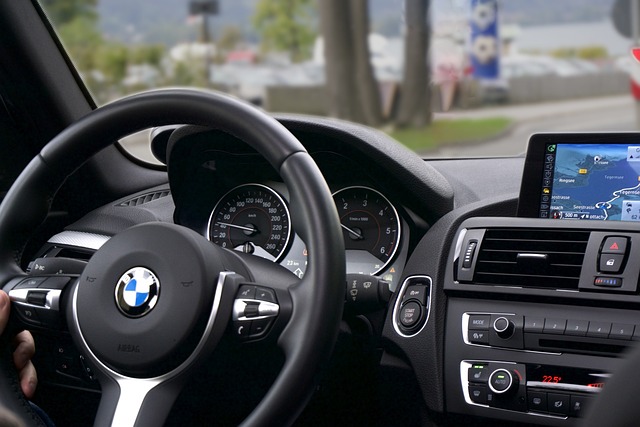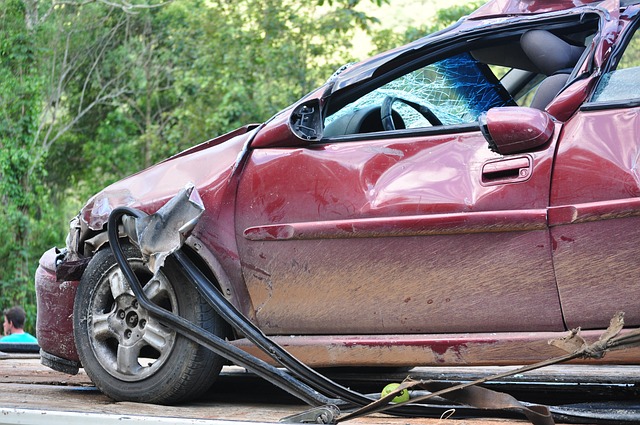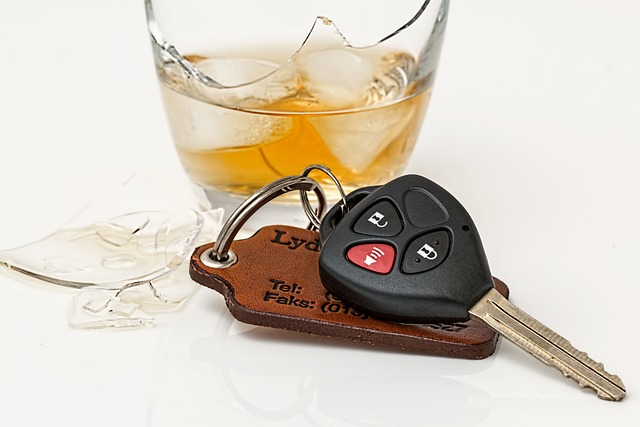
Is Car Insurance Required in New Jersey?
In New Jersey, you must carry personal injury protection, which pays for your medical expenses in the event of an accident and the injuries of any passengers. This coverage is required regardless of fault, and can be coordinated with your health insurance, or purchased separately. Before purchasing this coverage, make sure that it covers the same medical conditions as your health insurance does. In addition to the basic coverage, you can also add a death benefit and funeral expenses.
New Jersey’s no-fault auto insurance law
New Jersey’s no-fault auto-insurance law limits liability by limiting the percentage of fault on each party in an accident. For example, in a two-car accident, each party must be 50 percent at fault. In contrast, when a driver is found to be more than 50 percent at fault, they can’t recover any damages at all. In addition, the damages they receive are significantly reduced as a result.
No-fault car insurance laws vary from state to state. Some have more or less strict rules than others. For example, in some states, liability insurance requires you to pay for the other driver’s damages. In other states, liability insurance doesn’t limit your legal recourse in an accident, so you can file a lawsuit if you’re found to be at fault in an accident.
New Jersey’s no-fault auto-insurance law was passed by the state legislature in 1972. It required drivers to carry at least $10,000 in liability insurance. While this amount was a lot lower in 1972, it has not increased with inflation. In fact, in 1972, the average price of a U.S. house was about $30,000. Today, that same house could sell for much more.
Under New Jersey’s no-fault auto-insurance law, people who are injured in an accident can file claims against the at-fault party for medical costs. No-fault car insurance also protects passengers who don’t have their own insurance. Moreover, no-fault car insurance also covers funeral expenses and death benefits. For those who choose to buy a no-fault car insurance policy, it is possible to choose a higher deductible, which can reduce the PIP premium. You can also choose a health insurer to be the primary source of insurance coverage, thereby reducing premiums.
In the event of an accident, no-fault auto insurance can help make the situation less nerve-wracking for both parties. No-fault insurance allows for faster payouts. No-fault insurance is cheaper than a tort system, but it has some disadvantages, such as higher premiums and a high rate of fraudulent claims.
Minimum coverage requirements
The minimum coverage requirements for car insurance in New Jersey are fairly low. Generally, you must have at least liability insurance and personal injury protection coverage to drive legally in the state. You can also buy additional insurance coverage to cover the legal costs of damages caused to another person or their property. For example, if you hit a pedestrian and they suffer injuries, you can have up to $5,000 in property damage liability coverage. This coverage is a good idea if you want to avoid any lawsuits. Besides liability insurance, you should also get comprehensive and collision coverage to protect you in case you hit a tree or skid.
Although the minimum coverage requirements for car insurance in New Jersey are generally better than those in other states, these coverage levels are often not enough to provide adequate coverage. It is best to increase the limits on your policy or use policy add-ons to get higher limits on your coverage. For example, $5,000 in property damage coverage isn’t enough to cover the cost of replacing your car if you are in an accident. In addition, medical expenses can add up quickly. For these reasons, you should consider purchasing property PIP insurance coverage, which is a popular add-on to most policies.
The minimum coverage requirements for car insurance in New Jersey are expected to rise next year, thanks to several bills signed by Gov. Phil Murphy. While the sponsors of these bills say they’re designed to protect motorists and renters, critics have raised questions about affordability and increased costs for consumers. The bills will increase the minimum coverage levels from $15,000 to $25,000, as well as increasing the uninsured/underinsured motorist coverage minimums from $5,000 to $700.
You must have car insurance to drive legally in New Jersey. Failure to do so could result in harsh penalties. If you are not insured, you can learn more about your coverage options and the minimum limits. It is also a good idea to find out if your lender or leasing company requires you to purchase additional coverage.
Cost of coverage
The cost of car insurance in New Jersey is approximately $1,592 per year, or $160 a month. This amount is about 3% higher than the national average. The rate you pay will depend on a number of factors, including your age, driving history, and credit score. You should shop around for the best deal, as prices vary significantly among insurance companies.
There are several ways to reduce the cost of car insurance in New Jersey. You can choose to buy in bulk, or purchase more coverage at a lower cost. In most cases, the higher your liability limit, the lower your insurance rate will be. You can also compare car insurance quotes to find the best deal.
Depending on your driving history, you may be eligible for a cheaper car insurance policy if you have more than one car. Some insurers offer discounts for combining your car and homeowners insurance, but you should compare rates to see if you can find a better deal. Single drivers may also qualify for cheaper insurance rates.
The cost of car insurance is determined by a variety of factors, including your ZIP code, age, driving record, and credit history. Obtaining free car insurance quotes is an excellent way to compare rates. Once you have a list of several quotes, you can then compare them to find the lowest price for your situation.
While the minimum required state liability coverage will protect you legally, you can purchase additional liability insurance to protect yourself from lawsuits. For example, if you rear-end another car, the damages will probably exceed your $5,000 limit. Without additional liability coverage, you could end up paying for the difference out of pocket. In addition to liability insurance, collision and comprehensive coverage are also essential for protecting your car if you hit a tree or skid on ice. Comprehensive coverage is also important for protecting your car in the case of theft.
New Jersey requires that you have car insurance to drive legally. If you’re not insured, you could face serious consequences. Driving without coverage can be extremely expensive, and penalties for driving without insurance are often steep. You should also take the time to compare rates so that you can make an informed decision about the best coverage for your needs.
Taxes associated with coverage
With the new proposed legislation, the cost of car insurance in New Jersey could increase even further. This is a bad thing for drivers in the Garden State, who already must dedicate a higher proportion of their paycheck to car insurance coverage. This would also increase the risk of an uninsured vehicle collision, which would be a public safety concern.
There are a variety of taxes associated with car insurance in New Jersey. The Insurance Premiums Tax (IPT) applies to premiums collected in New Jersey. It’s based on the gross contract premium less specified deductions. It doesn’t apply to Reinsurance premiums or Annuity considerations. The rate is 2% of premiums collected in New Jersey. It’s paid a year in advance, and due on March 1 or June 1.
Rates also vary by ZIP code. Some areas have higher premiums than others, and the average rates in different ZIP codes can differ by as much as 150%. These differences are based on a variety of factors, including the vehicle type, age, and statistical likelihood of accidents.
In addition to the PIP medical expense benefit, car insurance policies also include other coverage options. PIP covers medical costs in case of an accident, but drivers often opt for higher limits or additional coverage to protect themselves from the cost of additional medical expenses. However, if the damage or injury caused by an accident exceeds the policy limits, the driver may be responsible for paying for the difference. Other popular coverage options include rental reimbursement and roadside assistance.





